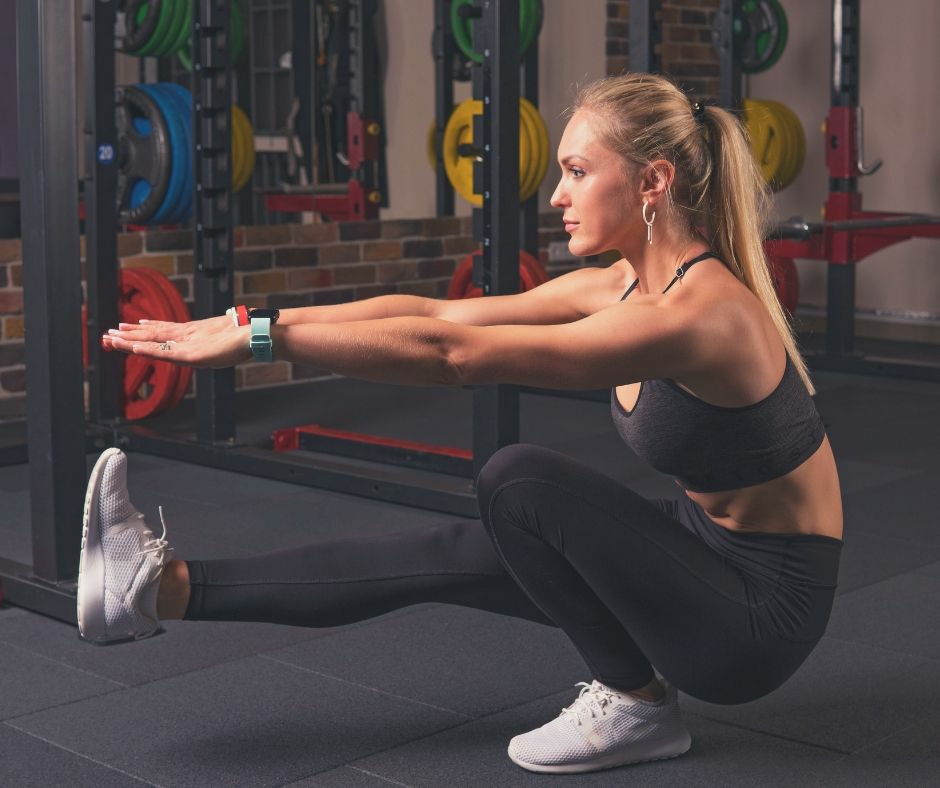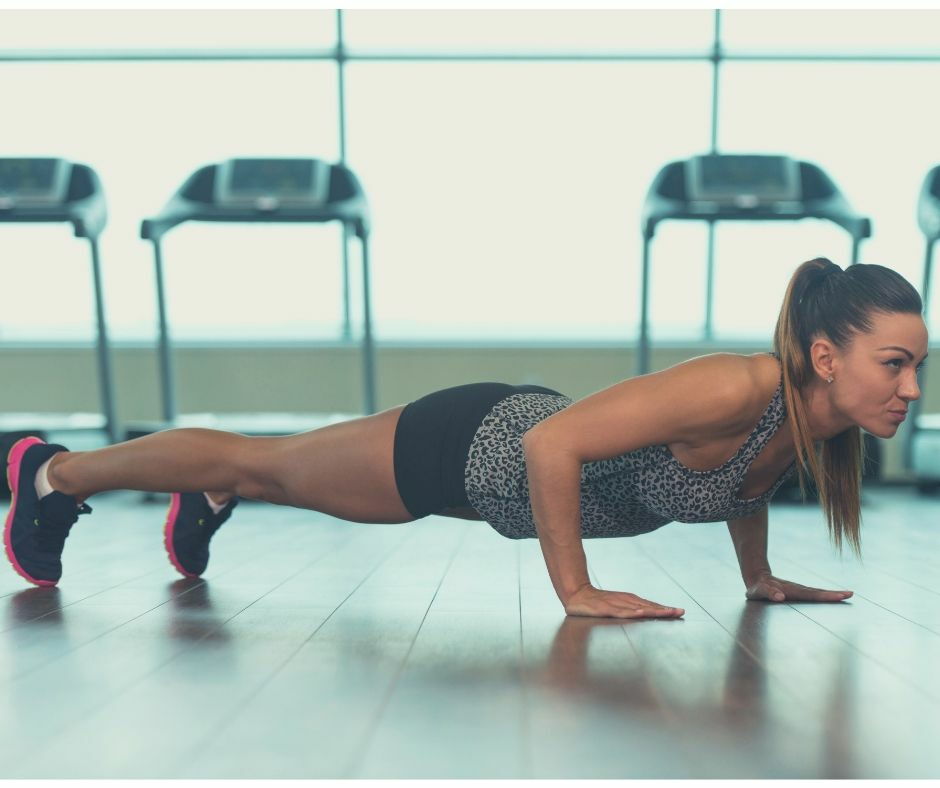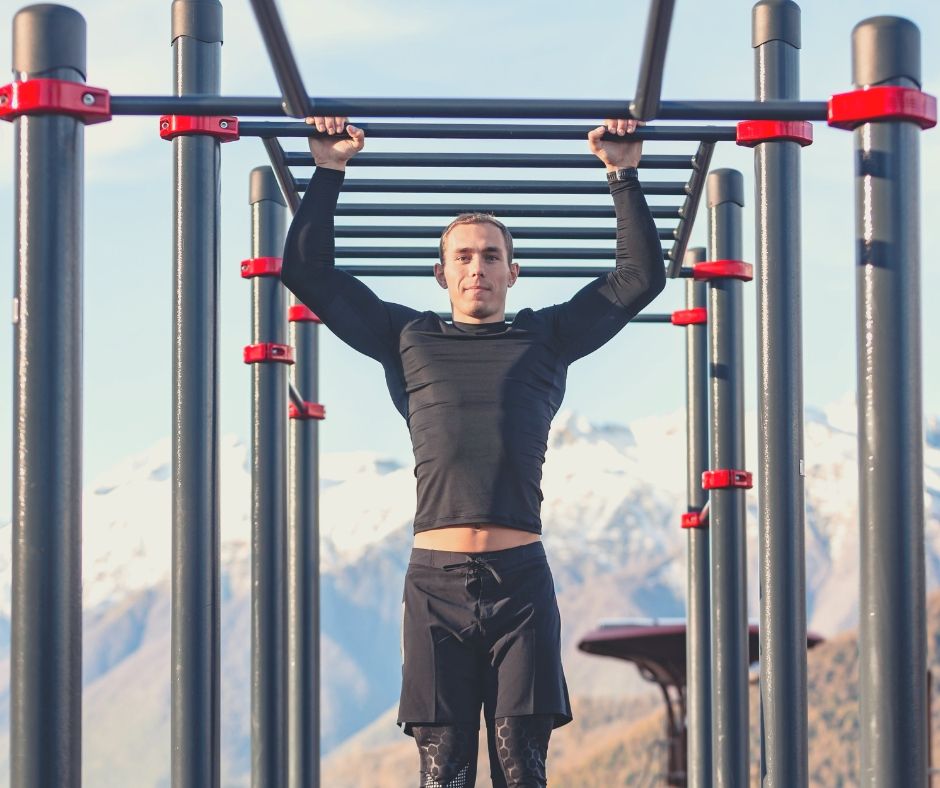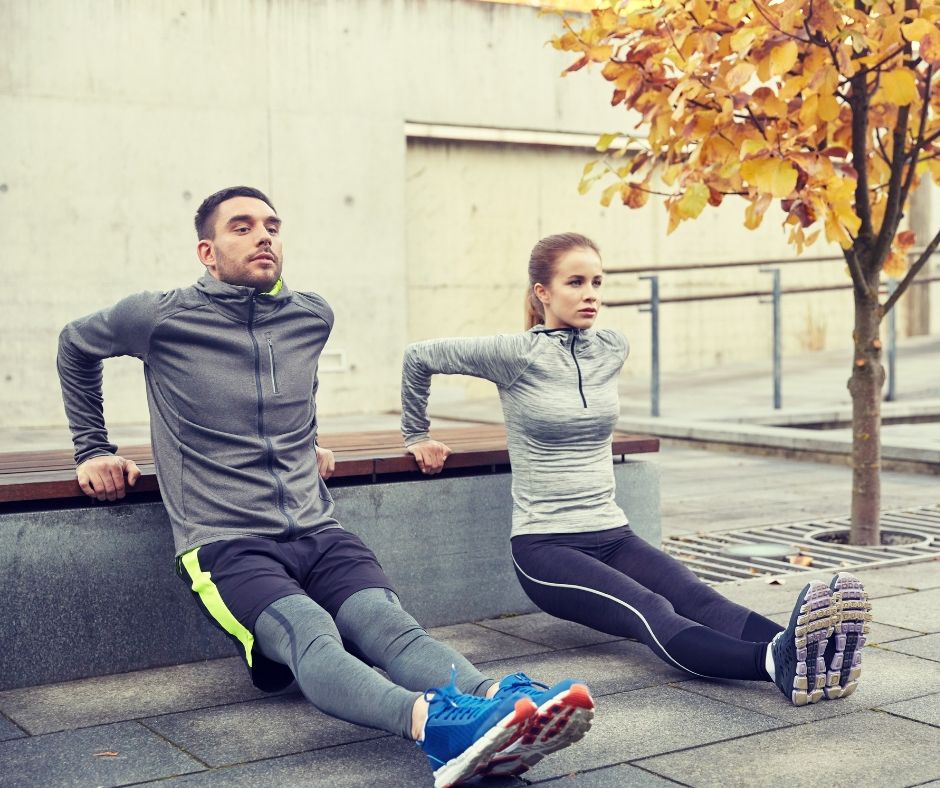Does training with weights bore you?
You're not alone. Many people experience doing weights as a boring and uninspiring activity. On the other hand, however, for improving our body at both aesthetic and muscular level it is also necessary to include an activity that exploits resistance or weight in training.
This is where calisthenics comes in: it is a workout that exploits only the weight of your body.
Calisthenics workout (from the Greek kalos - beauty, and sthenos - strength) is a training method that originates in artistic gymnastics and allows you to build a toned, agile and functional physique through bodyweight training, using only the weight of the body.
One of the peculiarities of this discipline is that it is both an aerobic and an anaerobic activity able to burn calories and fats and allowing those who practise it to keep fit while developing strength, agility, lightness and elasticity.
What calisthenics is
At the basic level, calisthenics is an intensive training method designed to increase strength, flexibility, agility, balance, coordination and aerobic capacity. Calisthenic training teaches us to use the weight of our body to maximise human power and athletic ability, with the primary goal of obtaining maximum control over body movements in space.
All basic fitness exercises are performed, some of which will be discussed later in the article:
- Squat
- Push-up
- Lunge
- Crunch
- Dip
- Jumping jack
The simplicity of this type of training lies in the fact that it does not require any type of equipmentand can be practised anywhere, at home or in the open air, so much so that it can be considered a real Street Workout.
Benefits of calisthenics training
Since it is not necessary to practice calisthenics in the gym, the first benefit that comes to mind is that of being...cheap! Wherever you decide to train, in fact, you only need two pieces of equipment to perform many of the bodyweight calisthenics exercises:
- A bar to hang from
- Two supports to use as parallel bars
Calisthenics can offer the following benefits:
- Train every muscle group
- Increase metabolism
- Favour the loss of fat mass over lean mass
- Strengthen the cardiovascular system thanks to the increase in oxygen in the blood
Calisthenics improves the body's response to all daily activities, which means that it will be much easier to lift weights, climb stairs or even climb a tree. In fact, using your body weight during training increases the mass, tone and strength of your muscles, while reducing the risk of injuries.
Basic calisthenic exercises
Squat

In addition to working the muscles of the thighs, the squat sculpts the buttocks, strengthens the core and develops resistance. The beauty of calisthenics is that there are many ways to modify an exercise and make it more challenging, such different variants of bodyweight squats: assisted Pistol Squat, Pistol Squat (photo), Sissy Squat, Sumo Squat, Shrimp Squat, etc.
Push-up

Push-ups reinforce the chest, shoulders, triceps and core.
Caution: beginners will find this exercise very tiring!
To learn the technique, push-ups can be done against a wall, standing up. The next step is easy push-ups on the knees. After doing 12 -15 consecutive knee push-ups, you can move on to performing the exercise in the standard way (photo). The important thing is to always keep the core contracted when doing them.
Tractions

Ladies get ready: tractions, or pull-ups, are the most challenging exercises for females since you need to be able to lift the entire weight of the body (which is easier for men).
However, there are different techniques and preparatory exercises that can help beginners, both men and women, to do complete tractions with a movement that trains the shoulders, arms and back, while strengthening the core.
A trick for newbies: before trying to raise yourself up on a bar, I advise you to practise with a lower bar while keeping your feet on the ground; in this way, the muscles involved are the same, but it is much less tiring to raise yourself up. Or you can try using a resistance band that helps during the traction itself. Your strength will gradually increase, just go forward step by step.
Dip

The dip is a fantastic exercise for toning and strengthening arms and shoulders but, as with tractions, it can be challenging to perform at the beginning.
The original dip involves lifting the entire weight of the body supporting yourself on the parallel bars, but even in this case there are simpler variants such as the bench dip (photo above) to be performed by lifting only the upper part of the body and with the lower part resting on the ground.
Plank

How not to name the much loved (and equally hated) plank?!
This is the main exercise for improving core stability and strength, stimulating abdominals and buttocks. With numerous variations of the plank, the constant in this exercise is to keep the core contracted throughout the duration.
Gold tips for newbies
Tip No.1: always proceed by degrees. Calisthenics envisages numerous exercises for each muscle group and is suitable for everyone, from beginners to those who are intermediate or advanced. It is a complete discipline but, don't forget, it is rather demanding because it requires great control of the body, mind and surrounding space.
For this reason, if you are a beginner you need first of all to learn the basic techniques by taking all the time you need: the risk of mishaps is around the corner if you rush things!
In this post I have listed only some of the exercises that provide a good starting point when taking up calisthenics, although there is no universal basic programme for approaching this discipline. A good instructor should assess the conditions and state of preparedness of the individual athlete before prescribing any workout!
Whoever starts practising calisthenics should first understand "what they can do", "how to do" and "what they should do to get where they want to go" (What, How, Where) because, since the discipline of bodyweight gymnastics also involves mental development, it is essential to know where to start from and what the final goal is.
